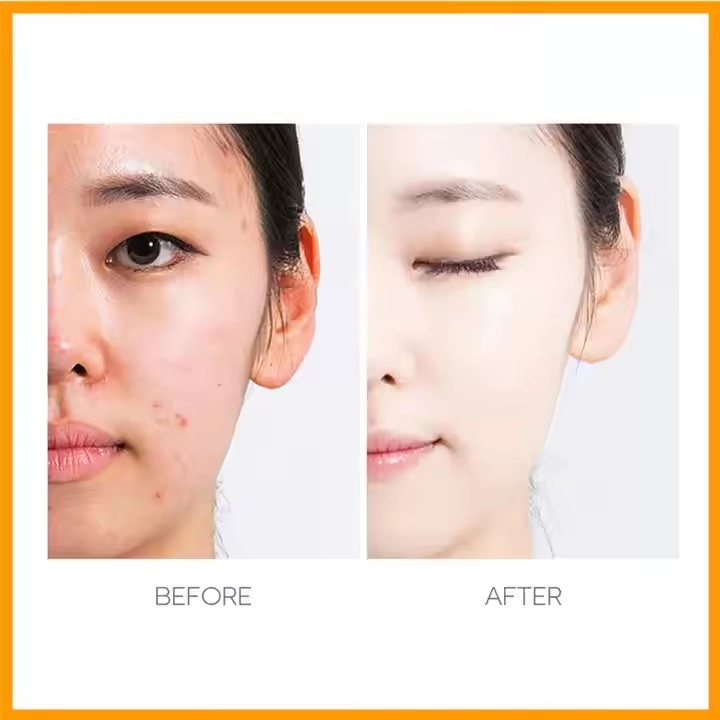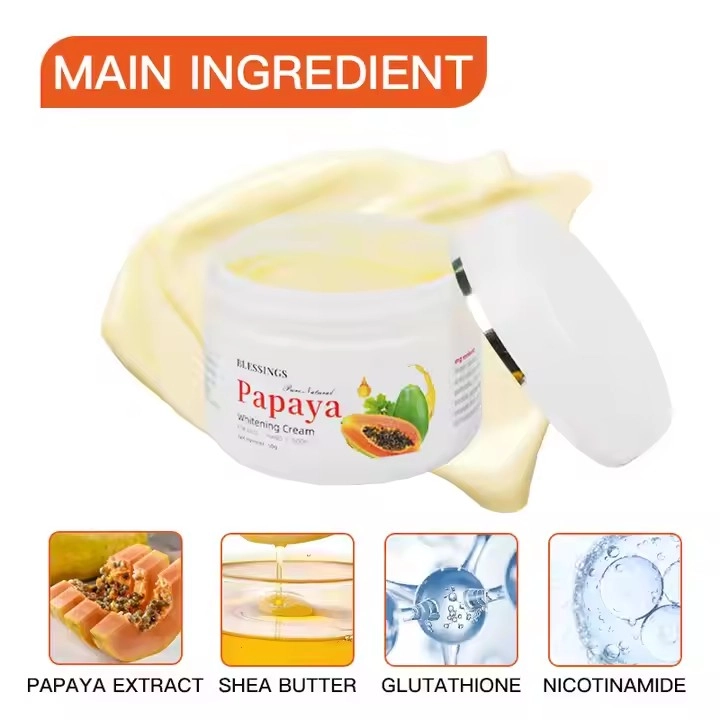Views: 220 Author: cosmeticsinhot Publish Time: 2025-10-20 Origin: Site








Content Menu
● Understanding GMPC: Definition and Origins
>> Origins and Global Influence of GMPC
● Why GMPC is Crucial in Skin Care Manufacturing
>> Ensuring Product Safety and Quality
>> Regulatory Compliance and Market Access
>> Building Consumer Trust and Brand Reputation
>> Reducing Production Risks and Costs
● Core Principles and Requirements of GMPC in Skin Care Production
>> Facility and Equipment Standards
>> Personnel Hygiene and Training
>> Raw Material Controls and Supplier Management
>> Manufacturing Process Controls
>> Storage and Distribution Controls
>> Quality Control and Laboratory Testing
>> Handling Complaints, Recalls, and Continuous Improvement
● How GMPC Fits into the Skincare Industry Ecosystem
>> Role of Regulatory Bodies and Certification Authorities
>> Integration with Other Standards and Certifications
>> Consumer Perspectives and Expectations
● Challenges in Implementing GMPC and How to Overcome Them
>> Cost and Resource Investment
>> Maintaining Consistency Across Multiple Production Sites
>> Keeping Up with Evolving Regulations
>> Managing Supply Chain Complexity
● Future Trends Impacting GMPC in Skincare Manufacturing
>> Increasing Demand for Transparency and Traceability
>> Sustainability and Eco-Friendly Manufacturing
>> Innovations in Quality Control Technologies
● Frequently Asked Questions (FAQs)
In the highly competitive and rapidly evolving skincare industry, quality and safety are paramount. Consumers today are more informed and cautious about what they put on their skin, driving manufacturers to adhere to the highest standards. One crucial standard that plays a significant role in the production of skincare products is GMPC — Good Manufacturing Practice for Cosmetics. Understanding GMPC and its importance in skincare manufacturing is essential for businesses aiming to build trust, comply with regulations, and deliver safe, effective products to the market.

GMPC refers to Good Manufacturing Practice for Cosmetics. It is a system designed to ensure products are consistently manufactured and controlled according to quality standards that minimize risks such as contamination, mix-ups, or errors. GMPC guidelines cover all aspects of production — from sourcing raw materials to hygiene practices in the manufacturing environment, to packaging and storage.
GMPC has been developed based on the broader concept of Good Manufacturing Practices widely used in pharmaceuticals and food production, tailored to meet the specific needs of cosmetic products. The World Health Organization (WHO) and various national regulatory bodies have established and propagated GMPC principles to promote product safety globally.
Although GMPC standards can vary slightly by region, the core principles remain consistent to maintain manufacturing integrity, consumer safety, and product quality.
Skin care products come into direct contact with sensitive skin and delicate areas of the body, making safety paramount. GMPC helps manufacturers implement strict controls that prevent contamination with harmful microorganisms, chemicals, or allergens. This minimizes the risk of adverse reactions in consumers.
Moreover, adherence to GMPC guarantees consistency batch after batch, ensuring that every tube, bottle, or jar of product reaches customers with the same quality, efficacy, and safety.
Many countries require compliance with GMPC regulations as a precondition to legally market cosmetic products. By following GMPC guidelines, skincare manufacturers can avoid legal penalties, product recalls, or bans. Adhering to these standards also streamlines regulatory approvals in various global markets, expanding a brand's reach.
Consumers today are more likely to trust brands that demonstrate transparency and commitment to quality. Certification or declarations that a skincare product is manufactured under GMPC standards reassure customers about product safety and manufacturing ethics. This trust translates into brand loyalty and stronger market positioning.
Implementing GMPC practices helps manufacturers identify and rectify potential problems early in the production process, reducing waste, returns, and recalls. While GMPC compliance may require upfront investment, it ultimately protects the business from costly quality failures and safeguards long-term profitability.
Under GMPC, the manufacturing facility must be designed to avoid contamination and facilitate cleaning. The equipment used in production must be appropriate for its purpose, regularly maintained, and calibrated to ensure consistent performance.
- The layout should prevent cross-contamination by separating raw material handling, production lines, and storage.
- Cleanrooms or controlled environments are often required to control air quality and particle control.
Staff involved in manufacturing must be properly trained on hygiene, processes, and GMPC requirements. Personal protective equipment (PPE) such as gloves and hairnets is mandatory to prevent product contamination. Regular health checks and hygiene audits ensure personnel comply with standards.
Raw materials must be sourced from qualified suppliers with documented quality assurance. Incoming materials require inspection and testing before use in production. Traceability systems are implemented for quick identification in case of quality issues.
Every step of the manufacturing process must be clearly defined, validated, and controlled. Batch records document all activities, ensuring traceability and accountability.
- Procedures for weighing, mixing, filling, and packaging must be standardized.
- In-process checks monitor critical parameters like pH, viscosity, and microbiological limits.
Finished products must be stored under conditions that preserve their quality. Packaging materials should protect the product from contamination and degradation. Distribution processes must ensure that products reach customers without compromising quality.
GMPC requires routine testing of both raw materials and finished products using validated analytical methods to verify identity, potency, purity, and safety. Microbiological testing is critical to ensure products are free from harmful organisms.
A formal system must be in place to manage customer complaints, investigate product quality issues, and execute recalls if necessary. Manufacturers should use feedback to identify areas for continuous improvement and risk mitigation.
Government agencies often inspect manufacturing facilities to verify GMPC compliance. Certification from accredited bodies can serve as a mark of quality assurance. This compliance facilitates smoother customs clearance and marketplace acceptance.
Many skincare manufacturers integrate GMPC with other quality frameworks such as ISO 22716 (International Standard for Cosmetics GMP), ISO 9001 (Quality Management Systems), and organic or cruelty-free certifications. This layered approach strengthens brand integrity and market competitiveness.
With growing awareness of skin health and ingredient safety, consumers demand products produced under high manufacturing standards. GMPC certification aligns perfectly with these expectations, helping brands meet ethical and safety concerns.
Upgrading facilities and training staff to meet GMPC standards can require significant investment. However, strategic planning, phased implementation, and seeking expert consultations can help optimize costs.
For brands with multiple manufacturing locations, ensuring consistent GMPC compliance requires robust standardized procedures, regular audits, and centralized quality oversight.
Cosmetic regulations continuously evolve, especially concerning new ingredient safety requirements and environmental standards. Manufacturers must stay informed and agile to maintain compliance.
Ensuring that all suppliers comply with quality requirements is challenging but essential. Strong supplier audits, certifications, and contracts help secure raw material quality and traceability.
Technologies like blockchain and digital supply chain platforms are being adopted to enhance transparency, allowing consumers and regulators to verify GMPC compliance and product provenance.
GMPC guidelines increasingly incorporate environmental responsibility, encouraging manufacturers to minimize waste, reduce energy consumption, and adopt sustainable packaging solutions.
Advanced analytical tools, automation, and real-time monitoring systems are improving quality control precision and efficiency, further strengthening GMPC adherence.

Q1: Is GMPC mandatory for all skincare manufacturers?
A1: In many countries, GMPC adherence is a legal requirement for cosmetic manufacturing. However, requirements vary by region. Compliance often facilitates market access even if not explicitly mandated.
Q2: How does GMPC differ from Good Manufacturing Practice (GMP) in pharmaceuticals?
A2: GMPC is tailored specifically for cosmetic products, with particular emphasis on aspects like cleanliness and contamination control relevant to skincare. However, it is based on the same core principles as pharmaceutical GMP.
Q3: Can a manufacturer claim their product is GMPC-certified?
A3: Yes, manufacturers often receive certification from accredited bodies after inspection. Such certifications can be used to market the product as made under high-quality standards.
Q4: What role does product testing play in GMPC?
A4: Product testing is critical to verify safety, potency, and stability. It ensures products meet specifications and remain safe throughout their shelf life.
Q5: How can small skincare brands implement GMPC without a large budget?
A5: Small brands can start by adopting fundamental GMPC principles such as proper hygiene, supplier qualification, and documentation. Gradually, they can invest in facility upgrades and certifications as they grow.
Hot Tags: China, Global, OEM, private label, manufacturers, factory, suppliers, manufacturing company